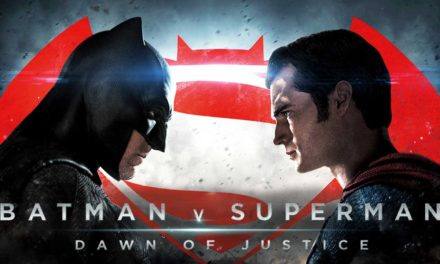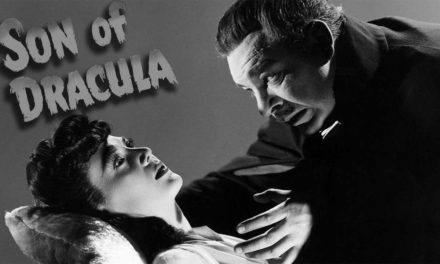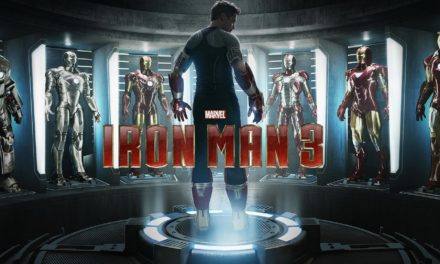Following the success of The Invisible Man Returns, Universal wanted to get a sequel out as soon as possible. However, while the past few films had elements of horror, this film would be more of a straight-up comedy. Albert Edward Sutherland, who was originally hired to direct Dracula’s Daughter, was brought in to direct with a $300,000 budget. Originally, actress Margaret Sullivan was cast in the lead role since she owed Universal one more film per her contract. She had been offered a role in So Ends Our Night and accepted, resulting in Universal filing a restraining order. Everything was thankfully settled so she could finish filming, and actress Virginia Bruce was cast instead in the lead role. Classic actor John Barrymore was hired but proved to be difficult due to not memorizing his lines and scattering them. Despite these setbacks, The Invisible Woman was released in December of 1940.
%
Rating
Synopsis
Eccentric elderly inventor Dr. Gibbs (John Barrymore) has been getting funding from playboy millionaire Dick Russell (John Howard). However, Russell has to cut funding due to going broke, but Dr. Gibbs’ luck soon changes for the better. Fashion model Kitty Carroll (Virginia Bruce) answers his newspaper ad calling for a test subject to become invisible. The experiment is a success, but before the doctor can show his results, Carroll escapes to tell off her boss. Meanwhile, mobster Blackie Cole (Oscar Homolka) sends his goons to Dr. Gibbs’ lab to steal his invisibility machine. Unfortunately, they can’t get the machine to work, so they kidnap Gibbs and a now visible Kitty. Cole wants to turn invisible so he can escape Mexico, but Gibbs doesn’t want his machine used for evil. Hijinks ensue as Kitty, Gibbs, and Russell try to outsmart the gangsters and make their escape.
Review
The Invisible Woman sticks out from the other films in the Universal Monsters series, but not in a good way. Many of the other films played around with genres, but they all had some element of horror to them. Sadly, this one is a 1940s screwball comedy, which would be fine if it weren’t linked to a horror series. It doesn’t help either that much of the humor falls flat and is incredibly dated, though thankfully not offensively dated. It’s a lot of slapstick and quick dialogue, but much of it feels dull and doesn’t work in the slightest. The acting likewise fits, such as Virginia Bruce as the typical lady who’s way smarter than the men around her. The men are either eccentric, self-centered, ridiculously hyper, or incompetent, though some could see it as an early feminist film. Then again, that might be giving the film too much credit.
One nice thing I can say about the film is that, like the previous films, the effects are impressive. That being said, there are times where you can see the strings and a very visible outline around the actress. It’s surprising considering the film had a much higher budget than the last film, though it’s less than the original. Obviously, this film isn’t meant to be taken seriously or considered high art, but it’s a noticeable step-down. Going back to the acting, I will say the Virginia Bruce, on top of being gorgeous, does a solid job. John Barrymore, considering the difficulties he went through, is memorable as the eccentric inventor trying to find success. Also, there are some notable appearances from Margaret Hamilton (The Wizard of Oz) and Shemp Howard of the Three Stooges. Overall, The Invisible Woman is pretty unremarkable considering what came before and is best ignored.
Buy The Invisible Woman on Amazon: https://amzn.to/33PIBST




